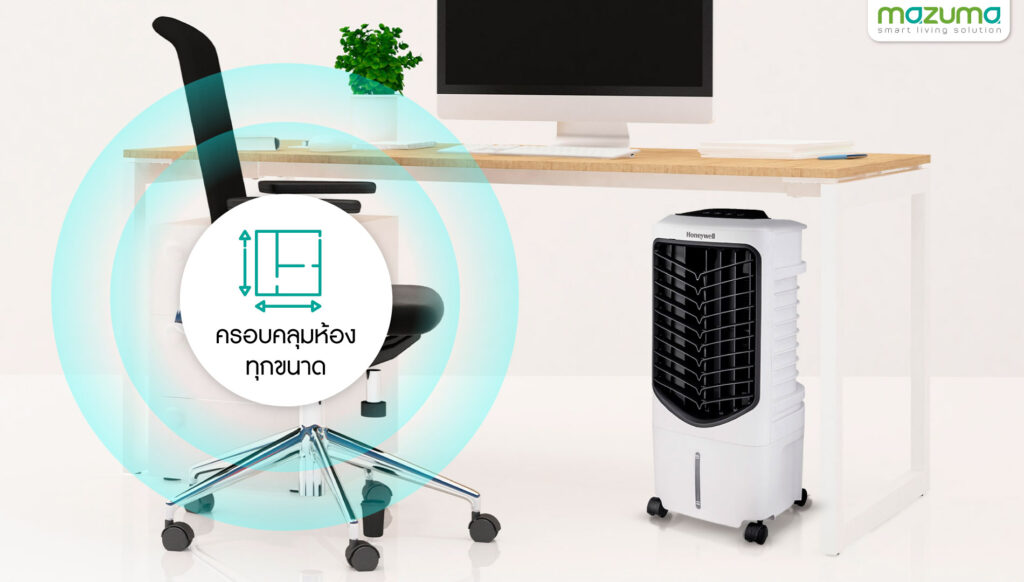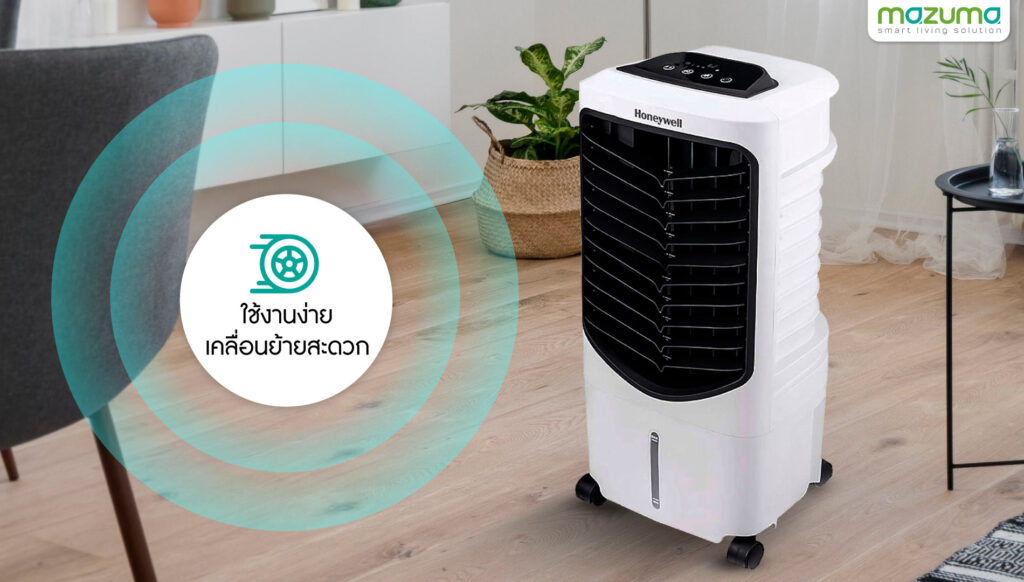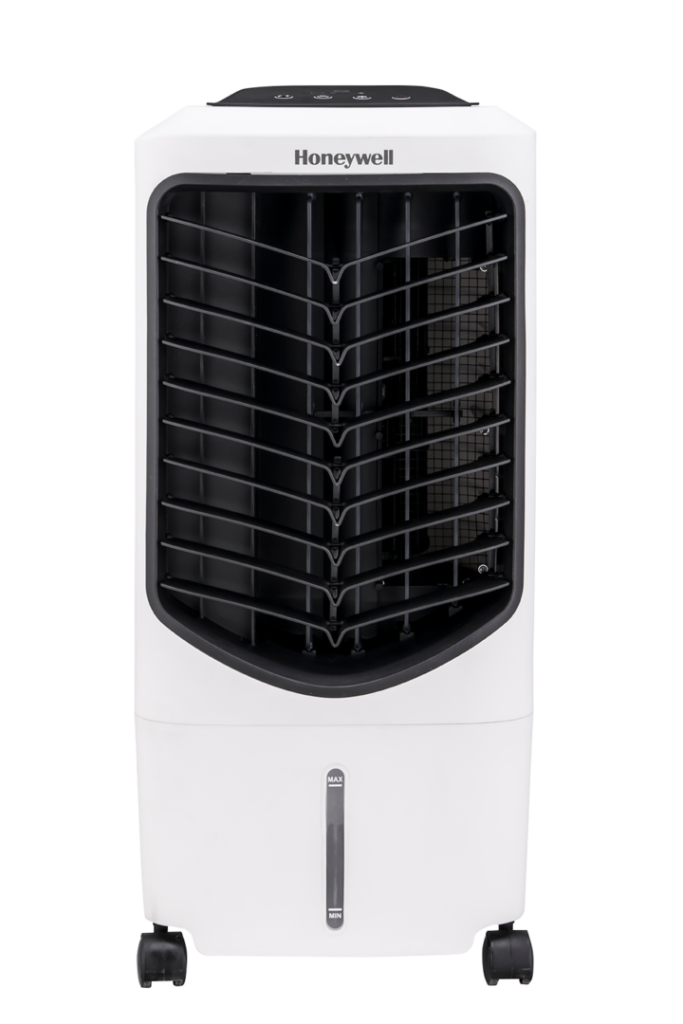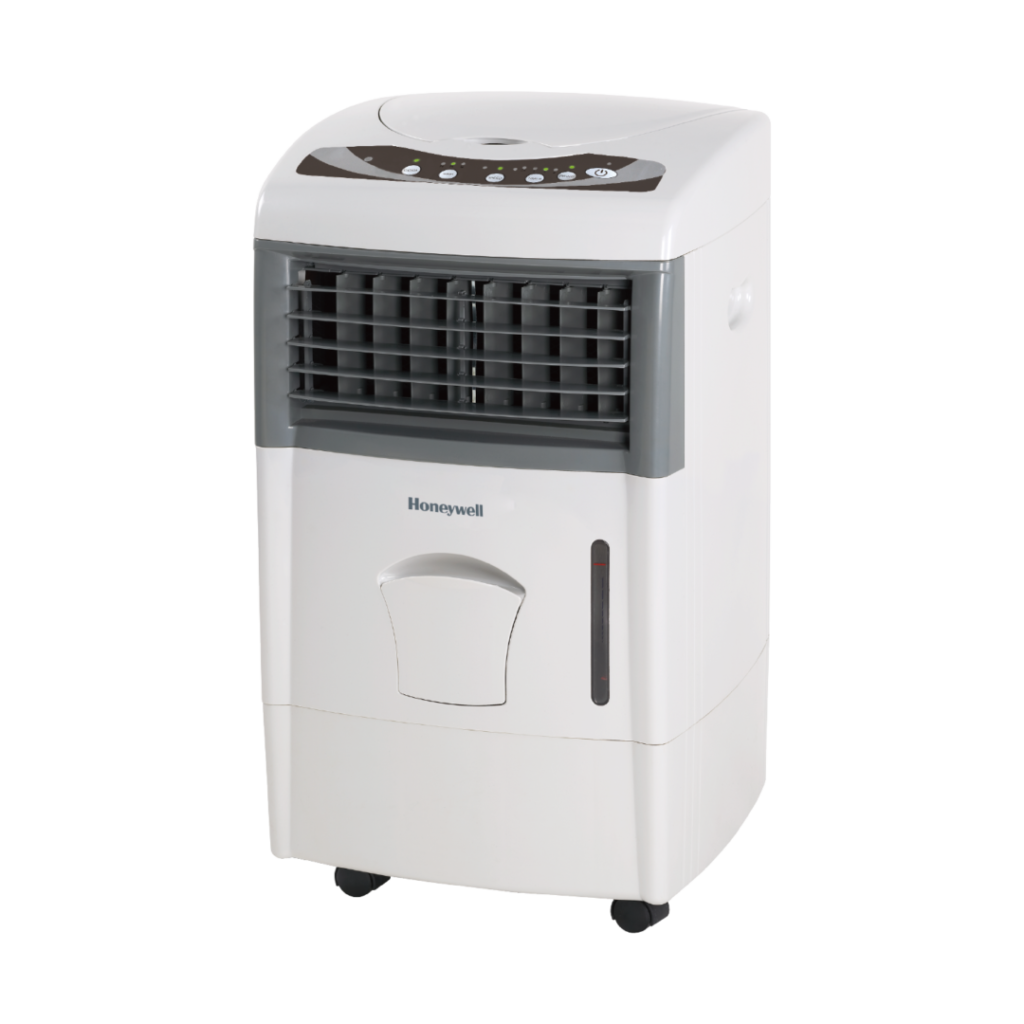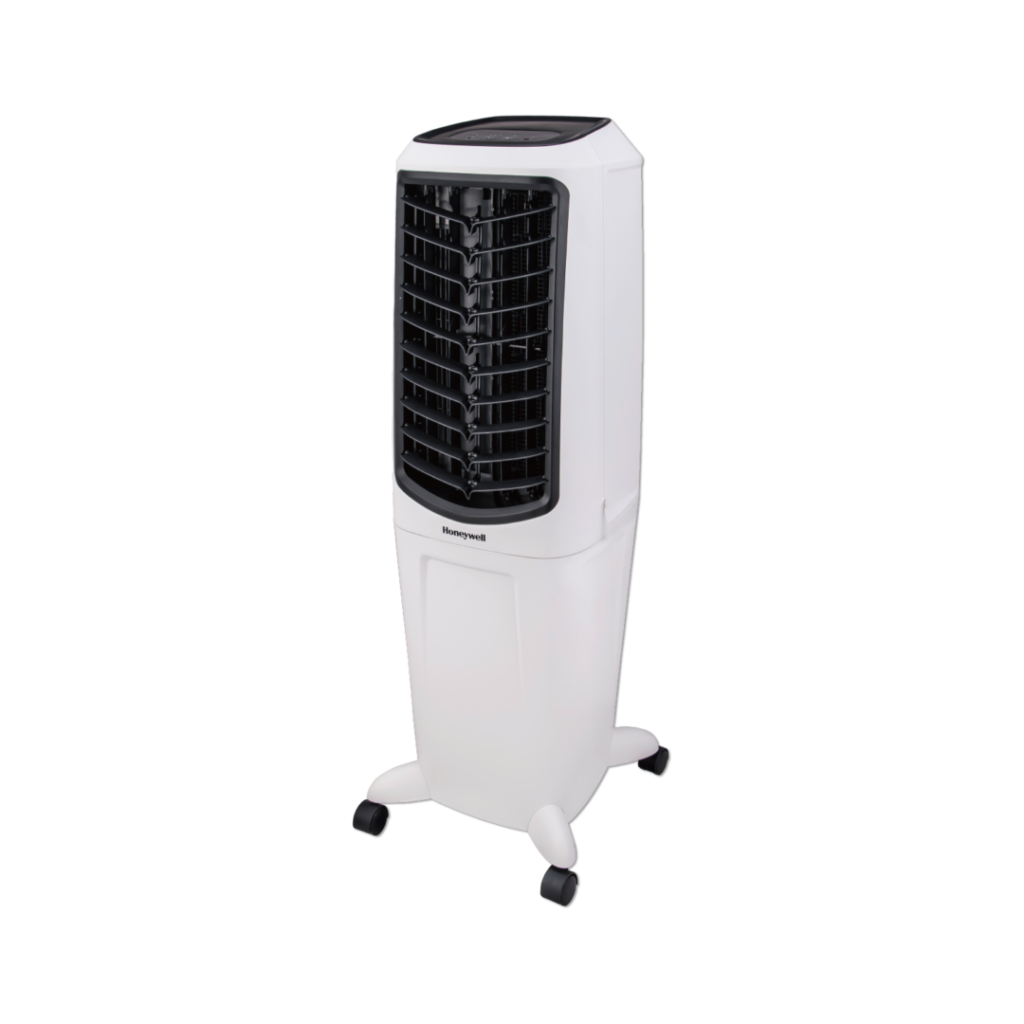6 เหตุผลที่หน้าร้อนนี้คุณต้องมีพัดลมไอเย็น Honeywell

16 Reviews
rgbet
rgbet RGBET – Hướng Dẫn Truy Cập Nhà Cái RGBet Chính Thức Mới Nhất 2024 Cảnh Báo Về Các Trang Web Giả Mạo RGBET.INFO Kính gửi quý khách hàng và người dùng thân mến, Chúng tôi, đại diện chính thức của [rgbet.co], muốn thông báo về một số trang web giả mạo, đặc biệt là rgbet.info, đang mạo danh RGBet nhằm đánh lừa người dùng. Chúng tôi khẳng định rằng rgbet.info không có bất kỳ liên kết nào với RGBet chính thức, và việc truy cập vào các trang này có thể gây nguy cơ cho thông tin cá nhân cũng như tài khoản của bạn. Việc giả mạo thương hiệu RGBet đã ảnh hưởng không nhỏ đến uy tín của chúng tôi và tiềm ẩn nguy cơ cho khách hàng. Những trang web này thường sẽ yêu cầu người dùng cung cấp thông tin nhạy cảm như số tài khoản ngân hàng, mật khẩu, hoặc các thông tin cá nhân khác, dễ dẫn đến mất mát tài sản hoặc dữ liệu cá nhân. Cách Nhận Biết Liên Kết Chính Thức Của RGBet Để đảm bảo sự an toàn tuyệt đối khi tham gia RGBet, khách hàng nên xác nhận rằng mình chỉ đang truy cập trang web RGBet thông qua liên kết chính thức tại [rgbet.co]. Đây là kênh duy nhất mà RGBet cung cấp để đảm bảo tính bảo mật, an toàn cho người dùng và tránh những rủi ro không đáng có. RGBet không bao giờ chuyển hướng người dùng đến trang web bên thứ ba như da88 hoặc các trang tương tự, và chúng tôi khuyến cáo bạn không nên tin tưởng những trang này. Hướng Dẫn Và Hỗ Trợ Chính Thức Từ RGBet RGBet luôn cố gắng hỗ trợ tốt nhất cho khách hàng thông qua các kênh liên lạc chính thức. Mọi thắc mắc, yêu cầu hỗ trợ hoặc vấn đề gặp phải khi truy cập có thể được giải đáp bởi đội ngũ hỗ trợ của chúng tôi. Vui lòng chỉ liên hệ thông qua các phương thức chính thức tại [rgbet.co] để đảm bảo thông tin được bảo mật. Kính mong quý khách hàng luôn cảnh giác và lựa chọn RGBet một cách an toàn và thông minh để có trải nghiệm tuyệt vời nhất. Trân trọng, Đại Diện RGBet
Vibration monitoring systems for industrial maintenance and repair activities
propeller balancing Propeller balancing is critical in aerospace engineering, particularly for ensuring the efficiency and safety of aircraft and helicopters. One effective solution for balancing is the portable device, Balanset-1, developed for dynamic balancing of various rotors, including aircraft propellers, in real field conditions. This device has been utilized extensively since its launch two and a half years ago, with over 180 units sold for balancing applications across different industrial sectors. The advent of inquiries for a more specialized application of the Balanset-1 device for propeller balancing prompted in-depth research and field testing. This was made possible by the dedicated efforts of aviation professionals who provided direct feedback and assistance. In the summer of 2014, extensive vibration surveys were conducted on the Yak-52 aircraft, which was equipped with an M-14P aviation engine, to assess propeller balance using Balanset-1. This included identifying optimal installation locations for sensors, understanding the aircraft’s resonance frequencies, and establishing operational modes to minimize residual imbalance. The methodology involved harnessing a combination of vibration sensors and phase angle sensors to gather analog signals during the balancing process. These signals were processed digitally via the Balanset-1 unit, allowing for precise calculation of the mass and angle of correction weights necessary for achieving balance. During the first balancing trials, significant improvements were achieved; for instance, the vibration level was reduced dramatically from 10.2 mm/sec to 4.2 mm/sec after corrective weights were installed on the propeller. Further studies on the natural frequencies of both the engine and propeller blades revealed essential data that helped guide balancing procedures. Identifying the natural frequencies allowed engineers to select optimal propeller rotation speeds during the process. This is significant since the goal of balancing is not only to correct imbalances but to avoid resonance that can lead to catastrophic failures. The successful balance of the Yak-52 propeller proved the reliability of the Balanset-1 in real-world applications. The reduction in vibration levels across different operating conditions confirmed its effectiveness. Subsequent data indicated that even with various engine rotational speeds, the newly achieved balance significantly outperformed initial measurements taken before intervention. Equally notable were the findings during the balance of the Su-29 aerobatic aircraft’s MTV-9-K-C/CL 260-27 propeller. Following an established protocol that involved measuring vibration levels before and after adjusting the propeller placement and weight distribution, researchers noted a substantial reduction in vibration from 6.7 mm/sec to 1.5 mm/sec, illustrating the strong impact of proper balancing techniques. The data collected throughout these exercises has illuminated the intricate relationship between propeller functionality and overall aircraft performance. For instance, the correlation between vibration levels and the structural integrity of various aircraft elements under operational stress has led to deeper insights into aircraft maintenance protocols. By utilizing the Balanset-1 device, operators can not only perform necessary corrections but also monitor the health of components over time, contributing to improved aviation safety. In conclusion, propeller balancing with devices like the Balanset-1 exemplifies a sophisticated approach to maintaining helicopter and aircraft performance. The ongoing efforts to refine these techniques through empirical research highlight the importance of continuous innovation in aerospace engineering. The practical application of vibration analysis not only facilitates corrective measures but enhances the diagnostic capabilities essential for sustaining aircraft operational integrity. As the aviation industry evolves, the practices surrounding propeller balancing are expected to further advance, integrating new technologies to streamline diagnostics and improve flight safety. Article taken from https://vibromera.eu/
Portable vibration analysis devices for industrial maintenance and repair
electric motor balancing Balancing an electric motor is essential for ensuring its efficient and reliable operation. An electric motor, which consists of various rotating components, can suffer from imbalance due to asymmetrical mass distribution. This imbalance can result in excessive vibrations that not only affect the performance of the motor but may also lead to premature wear and tear of bearings and other mechanical parts if left unaddressed. At the heart of the issue of imbalance is the rotor, a key component of the electric motor that rotates around an axis. In a perfectly balanced rotor, the mass is symmetrically distributed, allowing centrifugal forces acting on the rotor to counterbalance each other. When the rotor is unbalanced, however, these forces are not equal, leading to additional stresses on the motor's structure. Imbalance in electric motors can be classified mainly into two types: static and dynamic. Static imbalance occurs when there is an uneven distribution of weight, resulting in a heavy point that causes the rotor to tilt when at rest. This can become particularly troublesome during operation, as the rotor rotates about its axis, causing vibrations that may exceed acceptable tolerances. Dynamic imbalance, on the other hand, occurs when there are unequal centrifugal forces acting on different parts of the rotor during rotation. This type of imbalance can be more complex as it creates a moment that enhances the rotor's vibration, often compounded by the rotor's length and configuration. To effectively restore balance to an electric motor, it is crucial to identify both the size and the location of the correcting weights that need to be added. Various techniques can be employed for electric motor balancing, including the use of portable balancers and vibration analyzers. These devices allow for precise measurement of vibrations during rotational operation. One of the most important considerations during the balancing process is the type of rotor being addressed. Rotors can be categorized as rigid or flexible. Rigid rotors, which experience minimal deformation under centrifugal forces, are generally easier to balance. In contrast, flexible rotors may require advanced mathematical modeling to account for their deformation during operation, complicating the balancing process. When it comes to determining the required corrective weights, the approach may involve a method known as three-start balancing. This process uses test weights to influence the rotor's vibrations, which are then analyzed to calculate the necessary adjustments. By monitoring the vibration parameters with the aid of advanced sensors, it is possible to compute the effective locations and sizes of the corrective weights required to achieve proper balance. Achieving a successful balance is not solely dependent on correcting static and dynamic imbalances but also involves addressing additional sources of vibration that may not be remedied through balancing alone. For example, misalignments or errors in other mechanical components can introduce their own vibrations that mask or exacerbate those from rotor unbalance. Hence, comprehensive maintenance checks should be performed on the entire motor system to ensure optimal balance. While balancing procedures can significantly enhance motor performance and lifespan, it is critical to understand that balancing is not a substitute for addressing underlying mechanical issues. Defective components must be repaired before balancing can take place effectively. Each balancing process should align the rotor's central axis of inertia with its axis of rotation as closely as possible. The quality of balancing can be assessed using various methods. One approach involves comparing the residual unbalance after the balancing process against predefined tolerance levels set by industry standards such as ISO 1940-1. Ensuring that these tolerances are met can help mitigate vibration impact, though it’s essential to note that other factors also contribute to a motor's vibration characteristics. Regular balancing checks should be integrated into routine maintenance schedules to promote the longevity and efficiency of electric motors. With the complex interactions between rotor dynamics, material stiffness, and external forces, understanding the nuances of electric motor balancing is invaluable to any operator or maintenance technician. Overall, electric motor balancing stands as a critical practice in the realm of machinery maintenance. By paying close attention to balancing procedures and regularly assessing vibration levels, operators can significantly mitigate operational risks, enhance performance, and prolong the lifespan of their equipment. The investment in quality balancing devices and adherence to proper balancing methods will yield significant returns in reliability and machine efficiency, ensuring that electric motors can perform optimally in various industrial applications. Article taken from https://vibromera.eu/
How is the vibration analysis of a pump system conducted?
portable balancer The portable balancer, specifically the Balanset-1A, is a sophisticated tool designed for dynamic balancing and vibration analysis across a variety of industrial applications. This device stands out due to its versatility, allowing it to effectively balance and analyze different types of rotors, including those found in crushers, fans, mulchers, augers on combines, shafts, centrifuges, and turbines. The Balanset-1A is particularly essential for industries that rely on rotating machinery, as it helps to optimize performance, reduce wear and tear, and prolong the lifespan of the equipment. Equipped with two channels, the Balanset-1A facilitates dynamic balancing in two planes. This dual-channel feature enhances its capabilities, making it ideal for complex balancing tasks that require precise measurements and adjustments. The device can accurately balance rotors to minimize vibrations, ensuring smooth operation and improving overall efficiency. The Balanset-1A offers a range of key features that cater to the specific needs of users involved in vibration analysis and rotor balancing. It includes a vibrometer mode for vibration measurement, a tachometer for accurately gauging rotational speed (RPM), and a phase analysis feature that determines the phase angle of the vibration signals. Furthermore, it provides analysis options for various frequency components and allows users to monitor overall vibration levels effectively. One of the critical functions of the Balanset-1A is its ability to log measurements. This feature enables users to save valuable data for further analysis, enhancing the overall balancing process. It supports both single-plane and two-plane balancing modes, which can significantly reduce vibration levels by correcting imbalances in the rotor systems. By visualizing the imbalance through a polar graph, users can effectively locate and place corrective weights for optimized performance. In addition to balancing capabilities, the Balanset-1A includes features such as a tolerance calculator that adheres to ISO 1940 standards, which is essential for maintaining regulatory compliance in various industries. It also supports balancing of grinding wheels with up to three counterweights, allowing for versatile applications in manufacturing and maintenance environments. Users will appreciate the graphical representation of vibration data through various charts, including overall charts for broad vibration patterns, harmonic charts to indicate harmonic frequencies, and spectrum charts for detailed frequency analysis. These visual tools empower users to make informed decisions based on empirical data, which can enhance maintenance strategies and operational efficiency. The Balanset-1A's additional capabilities extend its functionality, allowing for the archiving and retrieval of past balancing sessions, generating detailed reports of outcomes, and facilitating re-balancing based on saved data. These features are particularly advantageous in environments that require frequent adjustments and maintenance routines, ensuring that users can optimize their processes effectively. The device is designed for global compatibility, supporting both Imperial and Metric measurement systems, making it convenient for users worldwide. Its portability, combined with a robust design, makes the Balanset-1A a practical choice for on-site assessments and adjustments, reducing downtime in industrial settings. For users considering the Balanset-1A, the device includes a comprehensive kit featuring vibration sensors, software for PC connection, and an optical sensor (laser tachometer). The sensors are equipped with cables of varied lengths for flexibility in different working environments. With a user-friendly interface and practical features, this portable balancer simplifies the complexities of vibration analysis and rotor balancing. The technical specifications of the Balanset-1A demonstrate its high-performance capabilities. It is equipped with two vibration sensors and an optical sensor, capable of measuring rotational speeds ranging from 250 to 90,000 RPM. The device accurately captures vibration phase shifts while ensuring minimal measurement errors, thereby offering reliable and precise results for its users. Its lightweight design, weighing only 4 KG, enhances its portability, allowing for easy transportation and use in various locations. The Balanset-1A has proven to be an instrumental asset across numerous sectors, including manufacturing, automotive, and heavy machinery. Industries utilizing this advanced tool can benefit from reduced operational risks, enhanced safety, and improved product quality. By identifying and correcting imbalances promptly, organizations can minimize machine wear and extend the lifespan of their equipment, ultimately resulting in cost savings and increased productivity. In summary, the portable balancer Balanset-1A is a versatile and advanced device catering to the dynamic balancing and vibration analysis needs of a wide range of industries. With its dual-channel capabilities, high precision, and comprehensive features, it is designed to optimize rotor performance, reduce vibration, and facilitate effective maintenance strategies. The Balanset-1A represents a vital investment for businesses seeking to enhance their operational efficiency and minimize downtime in machinery-related processes. Article taken from https://vibromera.eu/
How can vibration suppression be achieved in machinery?
vibration analysis The Balanset-1A is a state-of-the-art portable balancer and vibration analyzer that plays a crucial role in dynamic balancing applications across various industries. Designed with powerful functionality, it is particularly useful for diagnosing and correcting vibration issues in numerous types of rotors including crushers, fans, mulchers, augers, shafts, centrifuges, and turbines. This equipment positions itself as an essential tool for professionals looking to enhance the performance and longevity of their machinery through effective vibration analysis. One of the standout features of the Balanset-1A is its dual-channel operation, which allows users to balance rotors in two planes. This capability is vital as it results in more precise and effective balancing—leading to reduced vibration levels and improved operational efficiency. The device is equipped to handle tasks that require high precision and its versatility makes it suitable for a wide variety of rotors, which enhances its appeal across different sectors including manufacturing, agriculture, and mechanical maintenance. When it comes to vibration analysis, the Balanset-1A offers numerous modes and functionalities tailored for a comprehensive assessment of vibration data. The Vibrometer mode accurately measures rotational speed (RPM), which is fundamental in determining the performance of rotating equipment. The phase feature of the device allows for the determination of the vibration signal's phase angle, an essential component in precise vibration analysis. Furthermore, the analyzer can focus on the fundamental frequency component and offers detailed frequency spectrum analysis of vibration signals through its FFT Spectrum functionality. The Balanset-1A extends its capabilities by monitoring overall vibration levels, providing users with a full picture of the operational conditions of their machines. Its measurement log feature stores data for later analysis, which is an invaluable asset for conducting thorough maintenance and troubleshooting processes. Another significant aspect is its balancing modes which include single plane and two-plane balancing, ensuring that users have the flexibility required to address specific rotor configurations and vibration issues. Users benefit from additional tools such as the Polar Graph, which visually represents imbalances and assists in accurately placing weights to achieve optimal balancing. The 'Restore Last Session' feature is particularly convenient, allowing for the resumption of previous balancing tasks without the need to start from scratch. With a tolerance calculator based on ISO 1940 standards, the Balanset-1A ensures compliance with industry benchmarks, which aids users in achieving acceptable balancing tolerances swiftly and effectively. The Balanset-1A also includes various charts that provide visual representations of vibration data. This includes overall charts, which summarize the overall vibration, 1x charts that detail vibration patterns of the fundamental frequency component, and harmonic charts that indicate the presence and impact of harmonic frequencies. Additionally, the spectrum charts provide a graphical representation of the frequency spectrum, offering detailed insights into the operational performance of machinery. Incorporating modern software capabilities, the Balanset-1A measures critical parameters such as vibration and phase angle while calculating correction masses. This technological integration enhances the device's overall efficiency, making it suitable for both one-time analyses and ongoing operational assessments. Furthermore, it allows for storing and retrieving past balancing sessions and generating detailed reports on balancing outcomes, which is instrumental for maintaining proper machinery standards over time. Designed for user convenience, the Balanset-1A supports both Imperial and Metric systems, providing global compatibility for professionals in various regions. Its specifications include 2x vibration sensors with a cable length of 4m (optionally 10m) and a laser tachometer with a measurement range of 50 to 500mm, again with the option for a longer cable. This thoughtful inclusion of options ensures that the device can be adapted for different working environments and preferences. The overall vibration velocity measurement range is set between 0 to 80 mm/s, and it operates within a frequency range of 5 to 550 Hz, which caters to a comprehensive set of industrial needs. The precision of the measurements is commendable, with an absolute measurement error margin that aligns with strict industry standards. With capabilities to measure from rotational speeds ranging from 250 to 90,000 RPM, the Balanset-1A is equipped to handle a diverse array of machinery and applications. In conclusion, the Balanset-1A portable balancer and vibration analyzer stands out in the market for its advanced features and precision. By combining functionality with versatility, it enables users to effectively analyze and balance rotors, ultimately leading to enhanced performance and reliability of mechanical systems. Its various analysis and balancing modes, intuitive software capabilities, and broad operational range make it an invaluable asset for any industrial setting focused on maintenance and vibration analysis. Through the use of the Balanset-1A, industry professionals can ensure that their equipment operates at optimal efficiency, minimizing downtime and promoting longevity in their machinery assets. Article taken from https://vibromera.eu/
Хрумер Обучение
Хрумер Обучение Kwork Overview Обучаю делать ссылочную массу на сайт или социальную сеть програмным обеспечением XRumer. В обучение входит Настройка Xрумера для работы в режиме постинг Покажу сайты где брать прокси, VPS сервис Свожу баланс (оптимизирую) хрумер, ксевил и сервер, для эффективной работы. Работаю на 6-й версии ксевила План такой! Устанавливаем XRumer на удалённый сервер (личный компьютер не подходит для работы) Показываю настройки для работы и составление проекта Постинг будет производиться в блоги и коментарии, форумы не использую по причине модерации и жалоб от модераторов, поэтому настройку почты не делаю Сбор базы в обучение не входит.


